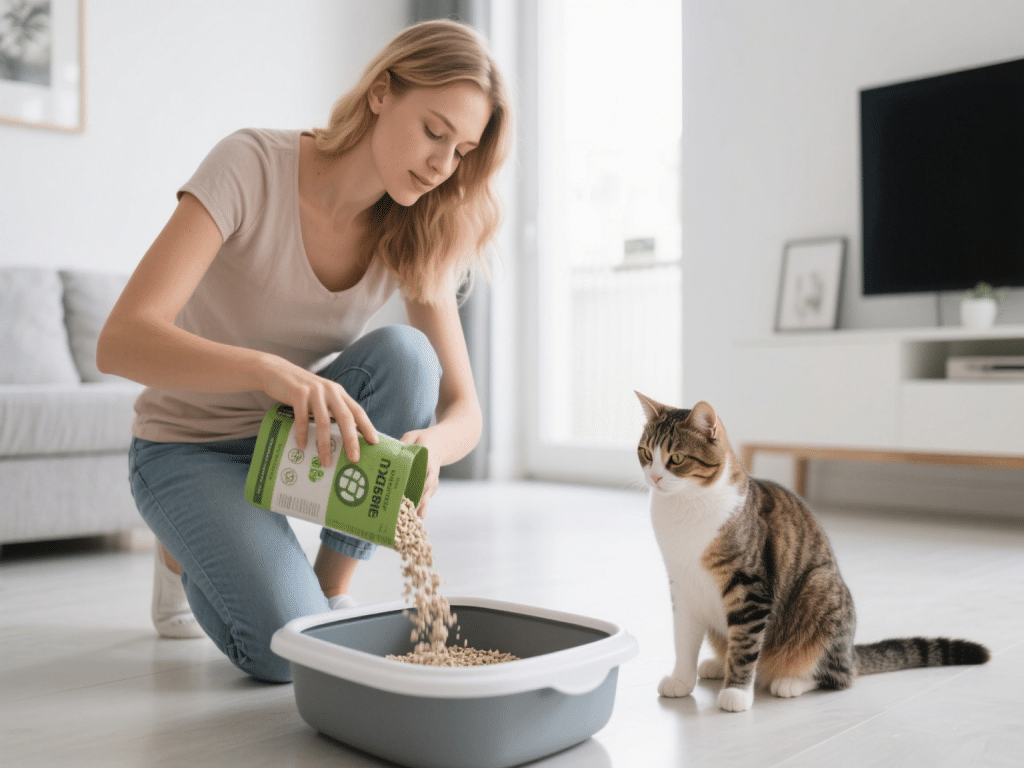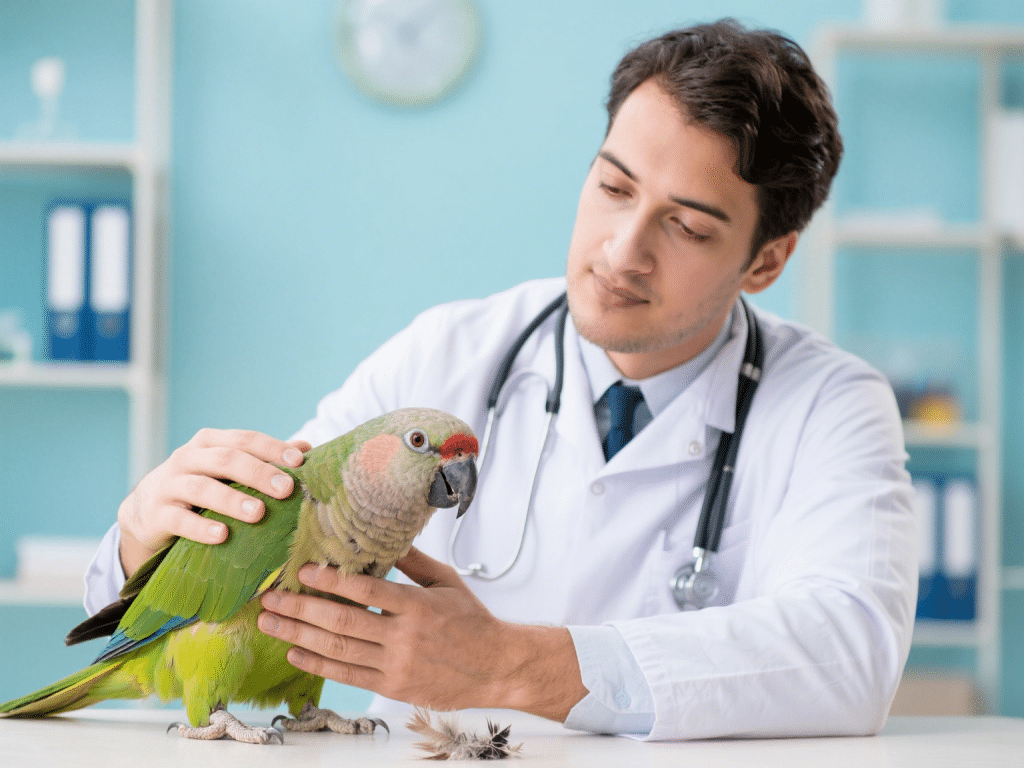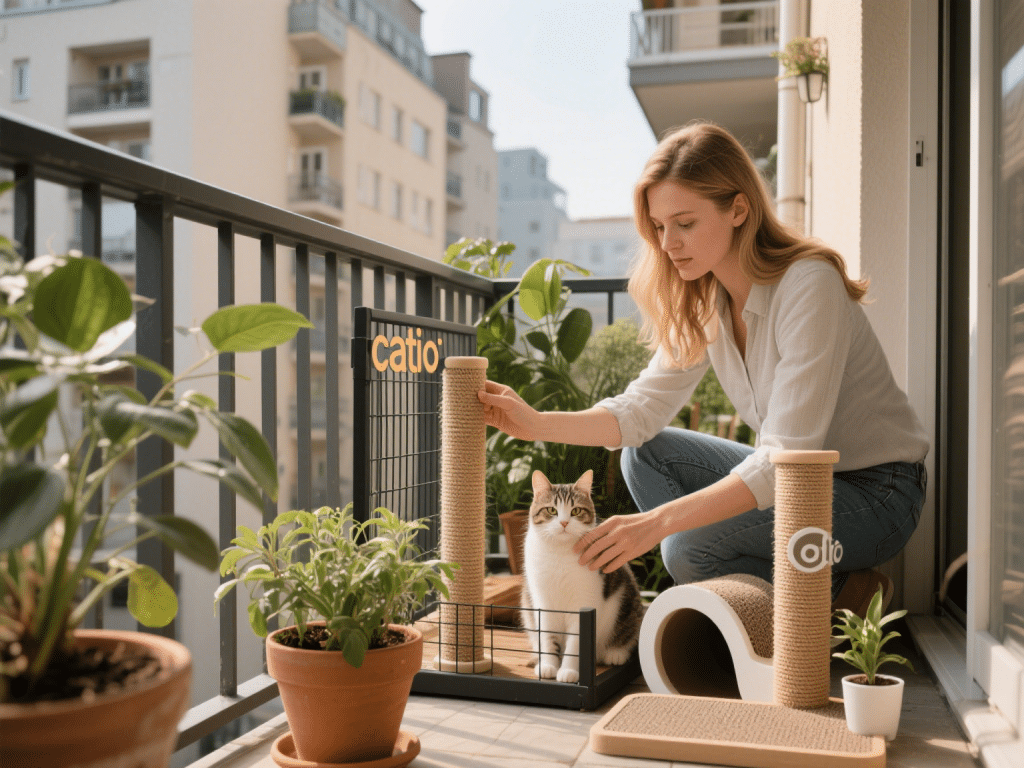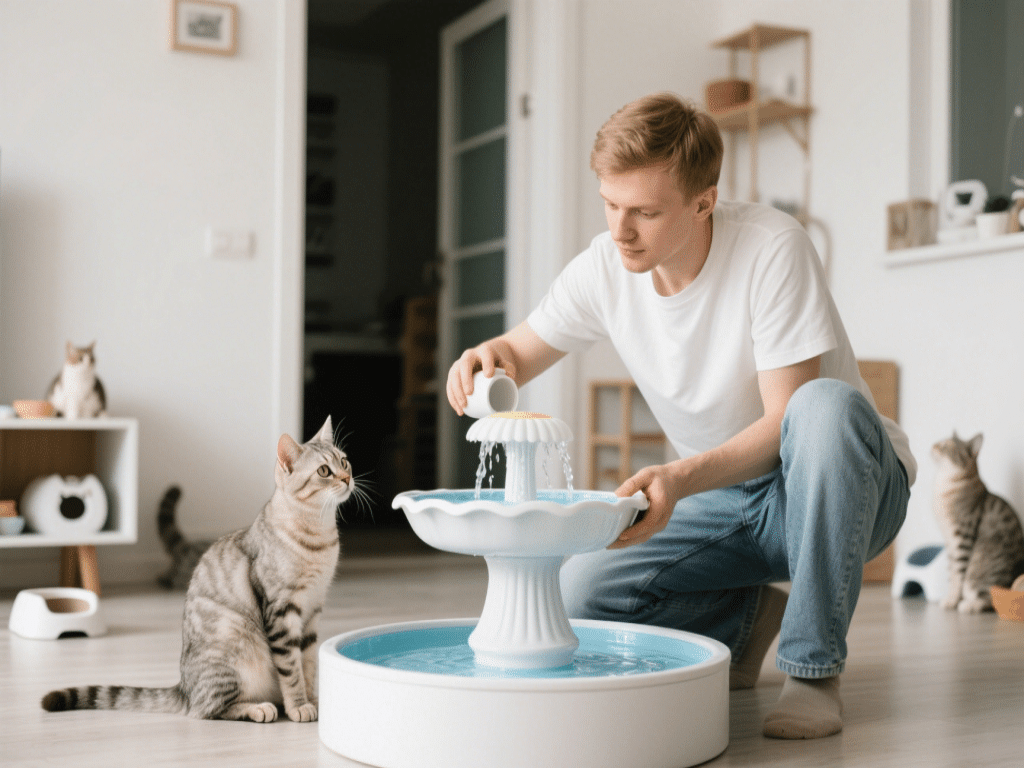
Introduction
Feeding time need not be a simple bowl-to-mouth routine. Food puzzles—interactive toys that require pets to solve mechanisms or manipulate components to access treats—stimulate mental faculties, slow eating, and curb boredom. This guide examines benefits, types of puzzles, and training tips for dogs and cats.
1. Benefits of Food Puzzles
Cognitive Engagement: Encourages problem-solving, challenges instincts, and reduces anxiety from boredom.
Slower Eating and Improved Digestion: Slowed consumption prevents bloat in dogs and reduces hairball formation in cats.
Weight Management: Satisfies hunger cues without overfeeding; pets expend energy manipulating puzzles.
Behavioral Improvements: Reduces destructive behaviors (e.g., chewing furniture) by providing a constructive outlet for energy.
2. Types of Food Puzzles for Dogs
Snuffle Mats: Fabric mats with folded layers hide kibble; dogs forage using their sense of smell. Ideal for all skill levels—start easy, increase complexity by hiding treats deeper.
Kibble-Dispensing Balls: Rolling balls with adjustable openings release kibble as the dog nudges them. Encourage gentle pawing and nose pushes to release food.
Multi-Chamber Puzzle Toys: Platforms with sliding covers, rotating discs, or flip lids. Place treats in compartments; dogs learn to use paws or nose to open. Introduce one mechanism at a time.
Treat-Dispensing Puzzle Boards: Boards with removable pegs or sliders that conceal treats. Dogs must figure out which pegs to remove. Begin with a few open compartments, then increase difficulty.
3. Types of Food Puzzles for Cats
Feeding Balls: Lightweight balls filled with dry kibble; cats bat or push to dispense food. Good for encouraging movement and hunting instincts.
Interactive Treat Mazes: Platforms with maze-like pathways requiring a paw to slide treats through corridors. Ideal for curious, puzzle-loving cats.
Hanging Puzzle Toys: Small pouches or pockets on hanging boards where cats must fish out treats with paws. Mount at a reachable height to simulate hunting posture.
Electronic Puzzle Feeders: Motion-activated feeders that dispense a small amount of kibble when the cat performs a specific action (e.g., nose touch). Use sparingly and supervise initial use.
4. Selecting the Right Puzzle Based on Pet Personality
Beginner Level: Start with simple dropping-dispense toys—balls or snuffle mats—for pets new to puzzles.
Intermediate Level: Progress to sliding, flipping, or rotating mechanisms. Choose puzzles with multiple compartments to maintain interest.
Advanced Level: Use multi-step puzzles requiring pets to perform a sequence of actions—lifting, sliding, or rotating parts to uncover treats.
5. Training and Introduction Tips
Positive Reinforcement: Praise and treat small successes. Initially guide pets by partially loading puzzles so treats are easily accessible.
Short, Supervised Sessions: Begin with 5–10-minute sessions to prevent frustration. Gradually extend playtime as pets learn mechanics.
Demonstrate Mechanics: For dogs, show how you rotate or slide pieces. For cats, use your finger or a toy to demonstrate paw movements.
Consistent Placement: Keep puzzles in a designated area to establish routine. Clean puzzles after each use to prevent odor buildup.
6. Integrating Puzzles into Daily Routine
Meal Replacement: Substitute one meal per day with a food puzzle. Monitor calorie distribution to prevent underfeeding.
Snack Time and Training Rewards: Use puzzles as occasional rewards to reinforce training commands or calm behavior.
Rotating Puzzle Selection: Keep a rotation of three to four puzzles to maintain novelty. Switch puzzles weekly and store unused ones to preserve interest.
7. Safety and Maintenance
Appropriate Puzzle Size: Ensure puzzles are sized correctly—too small poses choking hazard; too large can be frustrating.
Material Safety: Choose non-toxic, BPA-free plastic or food-grade silicone. Inspect regularly for cracks or loose parts to prevent ingestion risks.
Cleaning Guidelines: Wash with warm, soapy water after each use. Air-dry thoroughly to prevent mold or bacterial growth.
Monitor for Frustration or Aggression: Stop the session if your pet shows signs of frustration—whining, swatting excessively, or destructive behavior. Revert to a simpler puzzle until skills improve.
8. Measuring Success and Adjusting Difficulty
Observation: Track how long it takes your pet to solve the puzzle. If too quick, increase difficulty; if too slow, simplify.
Reward Balance: Use treats or portion of regular meal to fill puzzles. Avoid overfeeding—the goal is enrichment, not extra calories.
Behavioral Changes: Note improvements in focus, reduction in destructive behaviors, and calmer demeanor. Adjust puzzle frequency based on individual response.
Conclusion
Food puzzles transform feeding into an enriching mental exercise, supporting physical health and reducing boredom. By choosing puzzles appropriate to your dog’s or cat’s skill level, introducing them gradually, and maintaining variety, you create a stimulating environment. Regular puzzle play not only engages instincts but also strengthens the pet-owner bond through shared activities.









Comments on "How to Use Food Puzzles to Boost Pet Mental Stimulation" :